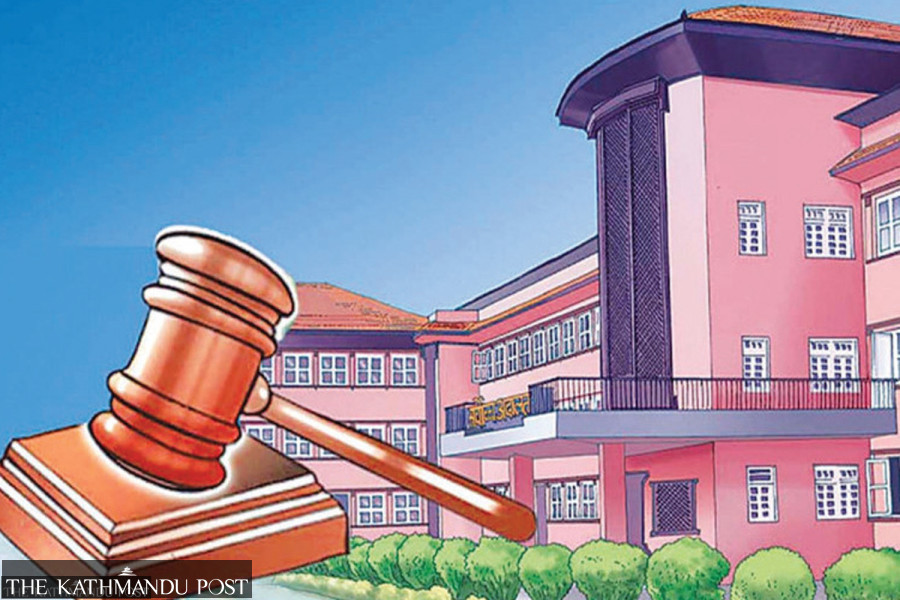National
Court orders parties not to abuse proportional representation system
Constitutional Bench directs them to follow constitutional spirit of giving space to under-represented populations.
Binod Ghimire
The Supreme Court has asked the government and political parties to nominate lawmakers under the proportional representation system as per the spirit of the constitution.
The Constitutional Bench of the top court led by Chief Justice Bishowambhar Prasad Shrestha asked them to select lawmakers ensuring that the rationale behind the proportional representation system is respected while picking candidates. Claiming that the lawmakers under the proportional system were selected in breach of the constitutional spirit, senior advocate Balkrisha Neupane last year had filed a writ petition at the court demanding the annulment of those elected under the system. The five-member bench, however, scrapped his petition.
"The court has asked the stakeholders concerned to abide by Article 42 of the constitution while selecting the candidates," Neupane told the Post. "My petition, however, has been scrapped as the court didn't wish to terminate the lawmakers from their position. This order needs to be followed while nominating lawmakers after upcoming elections."
Details of the verdict will be released when the full text is made public, which will be at least a few weeks later.
Article 42 says socially backward women, Dalits, indigenous people, indigenous nationalities, Madhesis, Tharus, minorities, persons with disabilities, marginalised communities, Muslims, backward classes, gender and sexual minorities, youths, farmers, labourers, oppressed or citizens of backward regions and indigenous Khas-Arya members have the right to participate in state bodies on the basis of the inclusive principle.
Neupane, on January 5, 2023, moved the court seeking its intervention amid widespread criticism over the names of lawmakers different parties had picked for the House of Representatives after the 2022 elections. As many as 110 lawmakers in the 275-strong lower house are selected under the proportional representation system based on the number of votes each party secures. The remaining 165 are elected under the first-past-the-post system.
Though the constitution envisions incorporating those from the deprived communities who cannot make it to Parliament through open competition, the parties have been misusing the system to give entry to those close to their leadership. Many names on the lists of lawmakers elected under the category suggest the parties are abusing the system. Several such leaders have had multiple opportunities not just in Parliament but also in the government.
For instance, the Nepali Congress, the largest party in the House, selected Arzu Rana Deuba, a member of the first Constituent Assembly, under the women’s category. Bimalendra Nidhi, the former party vice-president who has become minister multiple times, was also picked under this category.
The CPN-UML too similarly misused the provision. It had picked Raghuji Pant and Eknath Dhakal, who have been lawmakers and ministers in the past, under the proportional system. Likewise, the CPN (Maoist Centre) gave a chance to Hit Raj Pandey, who had been a lawmaker in the past.
In 2006, the People's Movement heralded a change in the political system and established the concept of proportional representation.
The Interim Constitution of 2007 institutionalised the representation of the excluded communities in both state organs and political parties. The Constituent Assembly introduced the proportional representation system in 2008. In the 601-strong assembly, 335 members were elected under this category.
The same provision got continuity in the second Constituent Assembly. Though the proportion has decreased, it has been institutionalised by the Constitution of Nepal.




 16.12°C Kathmandu
16.12°C Kathmandu













%20(1).jpg&w=300&height=200)

